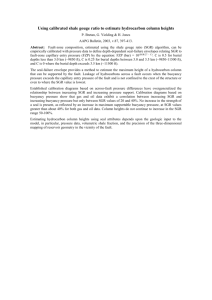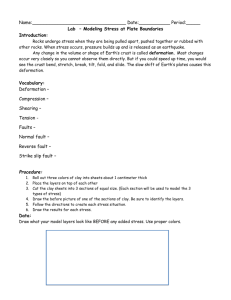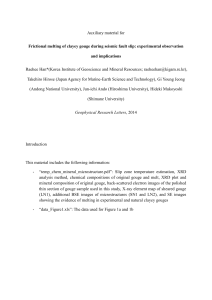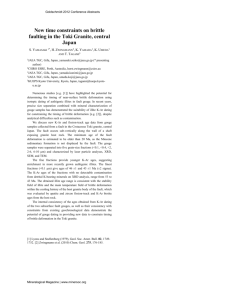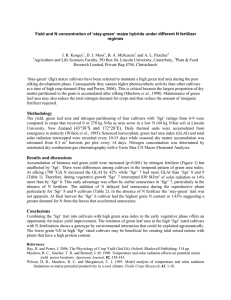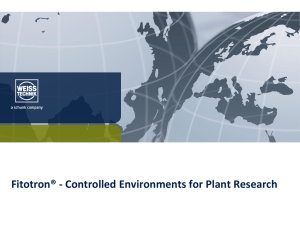Shale Gouge Ratio - Calibration by geohistory
advertisement
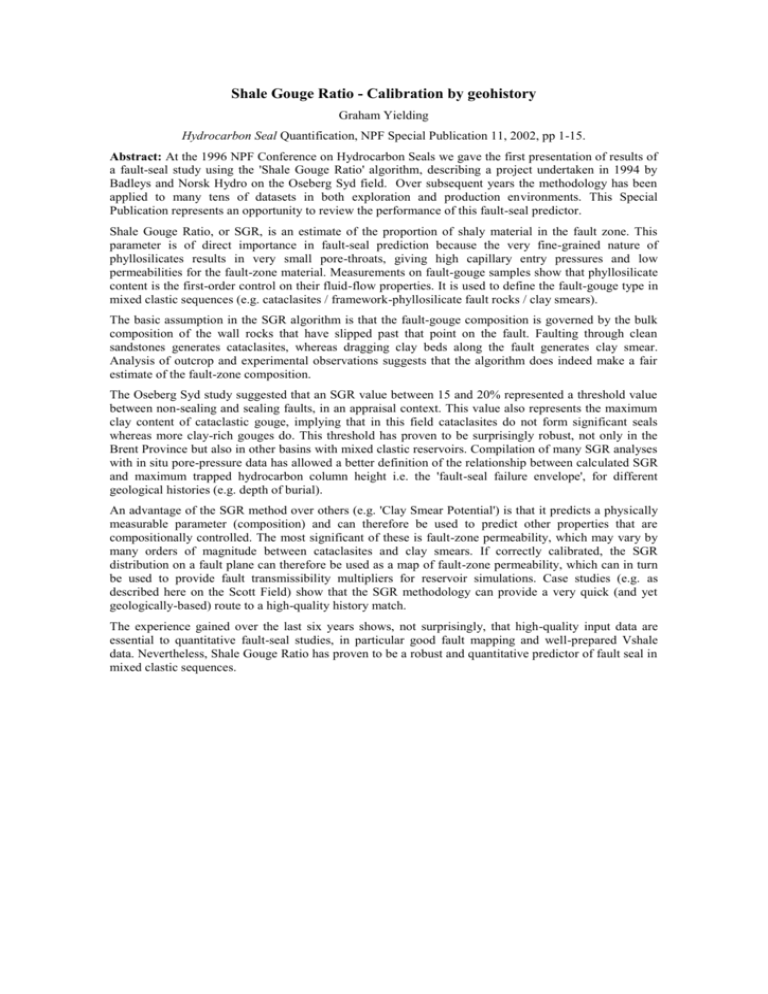
Shale Gouge Ratio - Calibration by geohistory Graham Yielding Hydrocarbon Seal Quantification, NPF Special Publication 11, 2002, pp 1-15. Abstract: At the 1996 NPF Conference on Hydrocarbon Seals we gave the first presentation of results of a fault-seal study using the 'Shale Gouge Ratio' algorithm, describing a project undertaken in 1994 by Badleys and Norsk Hydro on the Oseberg Syd field. Over subsequent years the methodology has been applied to many tens of datasets in both exploration and production environments. This Special Publication represents an opportunity to review the performance of this fault-seal predictor. Shale Gouge Ratio, or SGR, is an estimate of the proportion of shaly material in the fault zone. This parameter is of direct importance in fault-seal prediction because the very fine-grained nature of phyllosilicates results in very small pore-throats, giving high capillary entry pressures and low permeabilities for the fault-zone material. Measurements on fault-gouge samples show that phyllosilicate content is the first-order control on their fluid-flow properties. It is used to define the fault-gouge type in mixed clastic sequences (e.g. cataclasites / framework-phyllosilicate fault rocks / clay smears). The basic assumption in the SGR algorithm is that the fault-gouge composition is governed by the bulk composition of the wall rocks that have slipped past that point on the fault. Faulting through clean sandstones generates cataclasites, whereas dragging clay beds along the fault generates clay smear. Analysis of outcrop and experimental observations suggests that the algorithm does indeed make a fair estimate of the fault-zone composition. The Oseberg Syd study suggested that an SGR value between 15 and 20% represented a threshold value between non-sealing and sealing faults, in an appraisal context. This value also represents the maximum clay content of cataclastic gouge, implying that in this field cataclasites do not form significant seals whereas more clay-rich gouges do. This threshold has proven to be surprisingly robust, not only in the Brent Province but also in other basins with mixed clastic reservoirs. Compilation of many SGR analyses with in situ pore-pressure data has allowed a better definition of the relationship between calculated SGR and maximum trapped hydrocarbon column height i.e. the 'fault-seal failure envelope', for different geological histories (e.g. depth of burial). An advantage of the SGR method over others (e.g. 'Clay Smear Potential') is that it predicts a physically measurable parameter (composition) and can therefore be used to predict other properties that are compositionally controlled. The most significant of these is fault-zone permeability, which may vary by many orders of magnitude between cataclasites and clay smears. If correctly calibrated, the SGR distribution on a fault plane can therefore be used as a map of fault-zone permeability, which can in turn be used to provide fault transmissibility multipliers for reservoir simulations. Case studies (e.g. as described here on the Scott Field) show that the SGR methodology can provide a very quick (and yet geologically-based) route to a high-quality history match. The experience gained over the last six years shows, not surprisingly, that high-quality input data are essential to quantitative fault-seal studies, in particular good fault mapping and well-prepared Vshale data. Nevertheless, Shale Gouge Ratio has proven to be a robust and quantitative predictor of fault seal in mixed clastic sequences.
